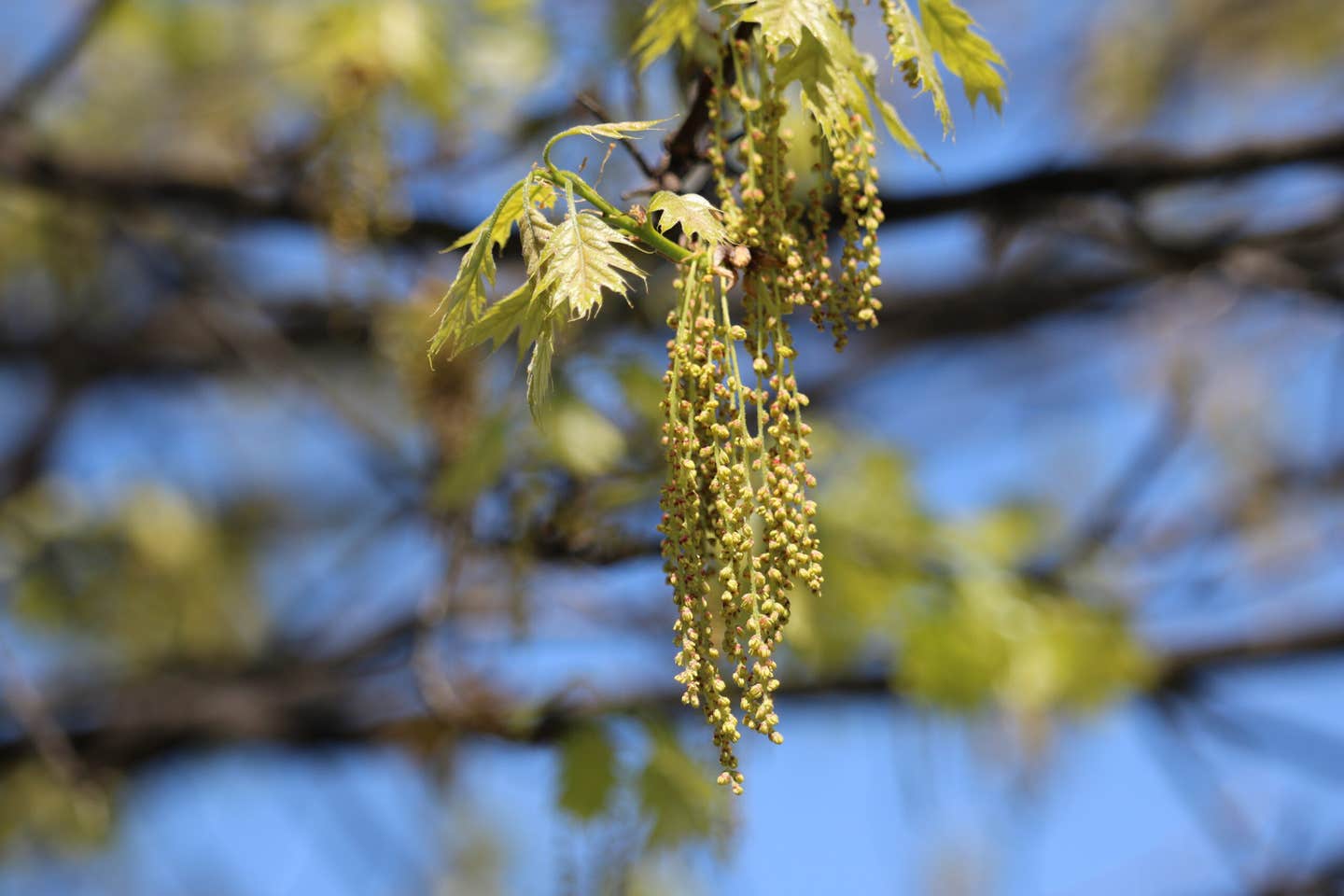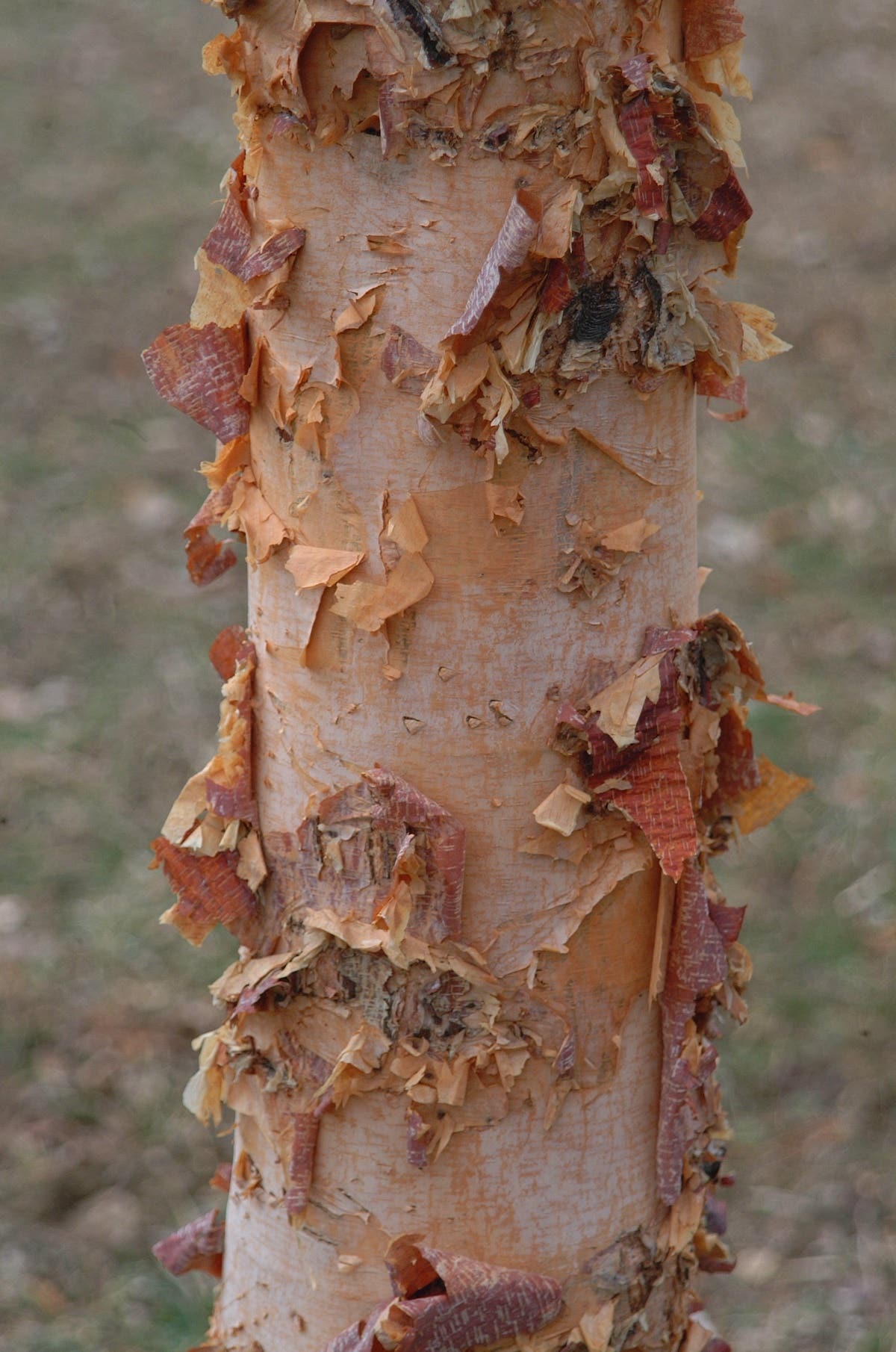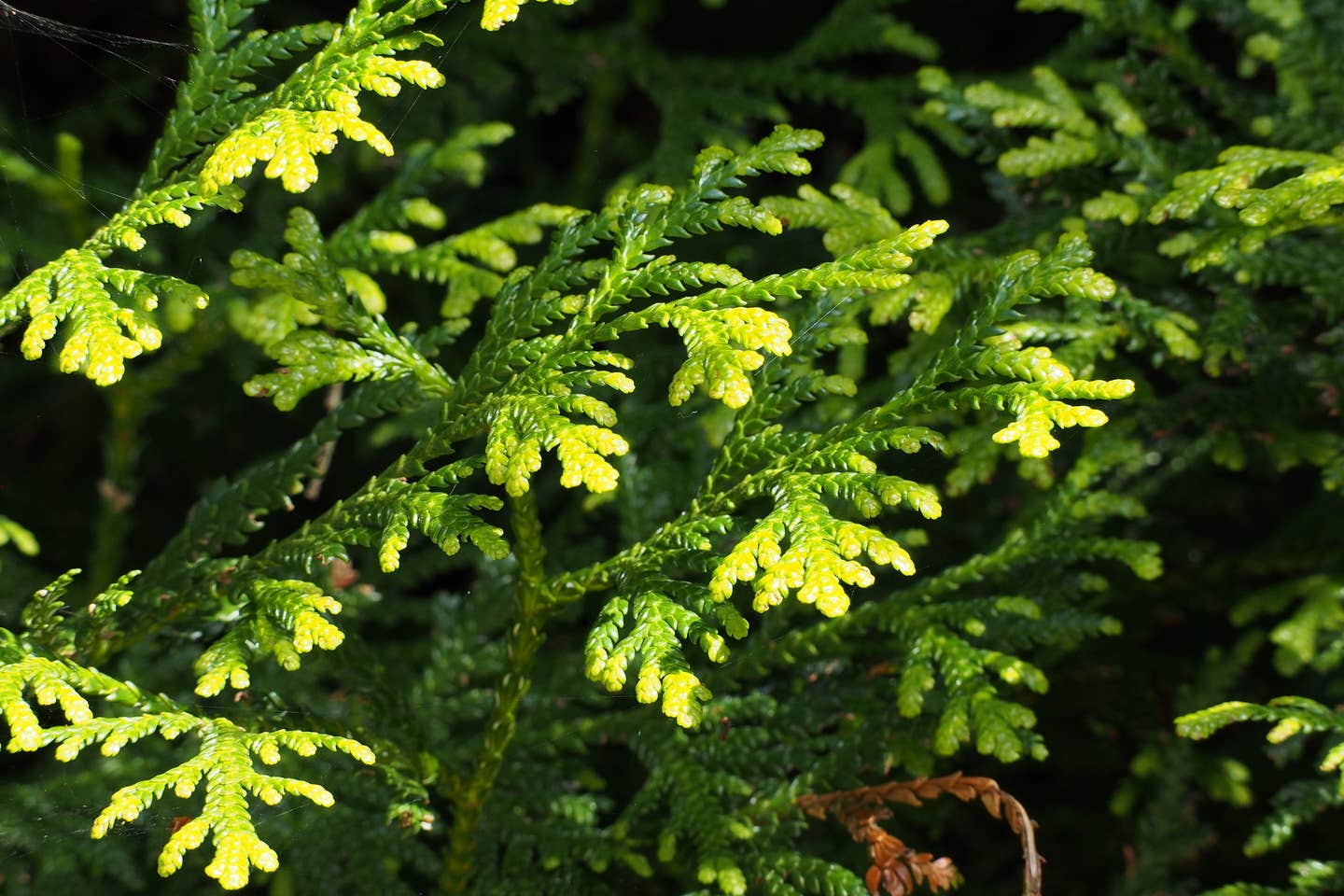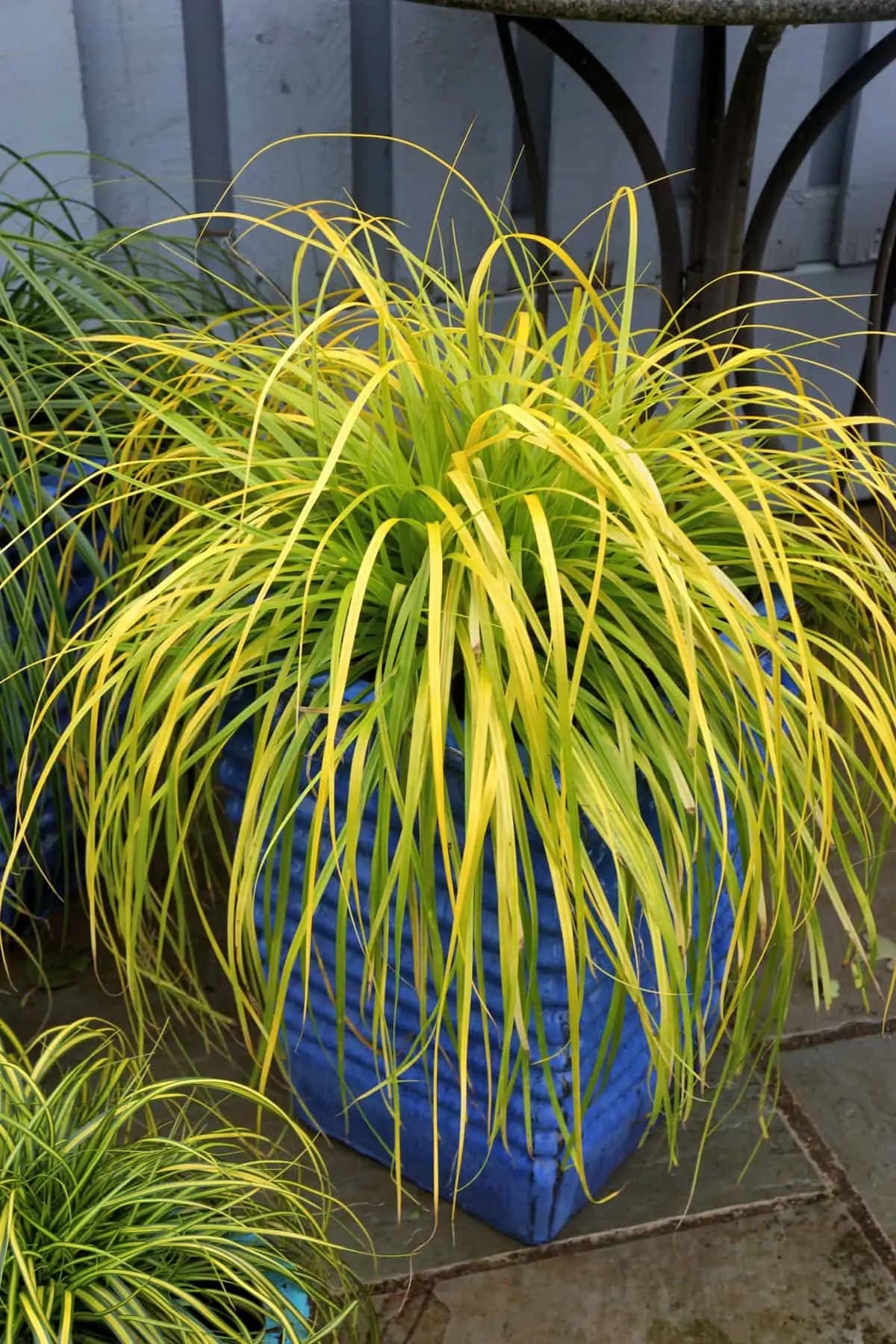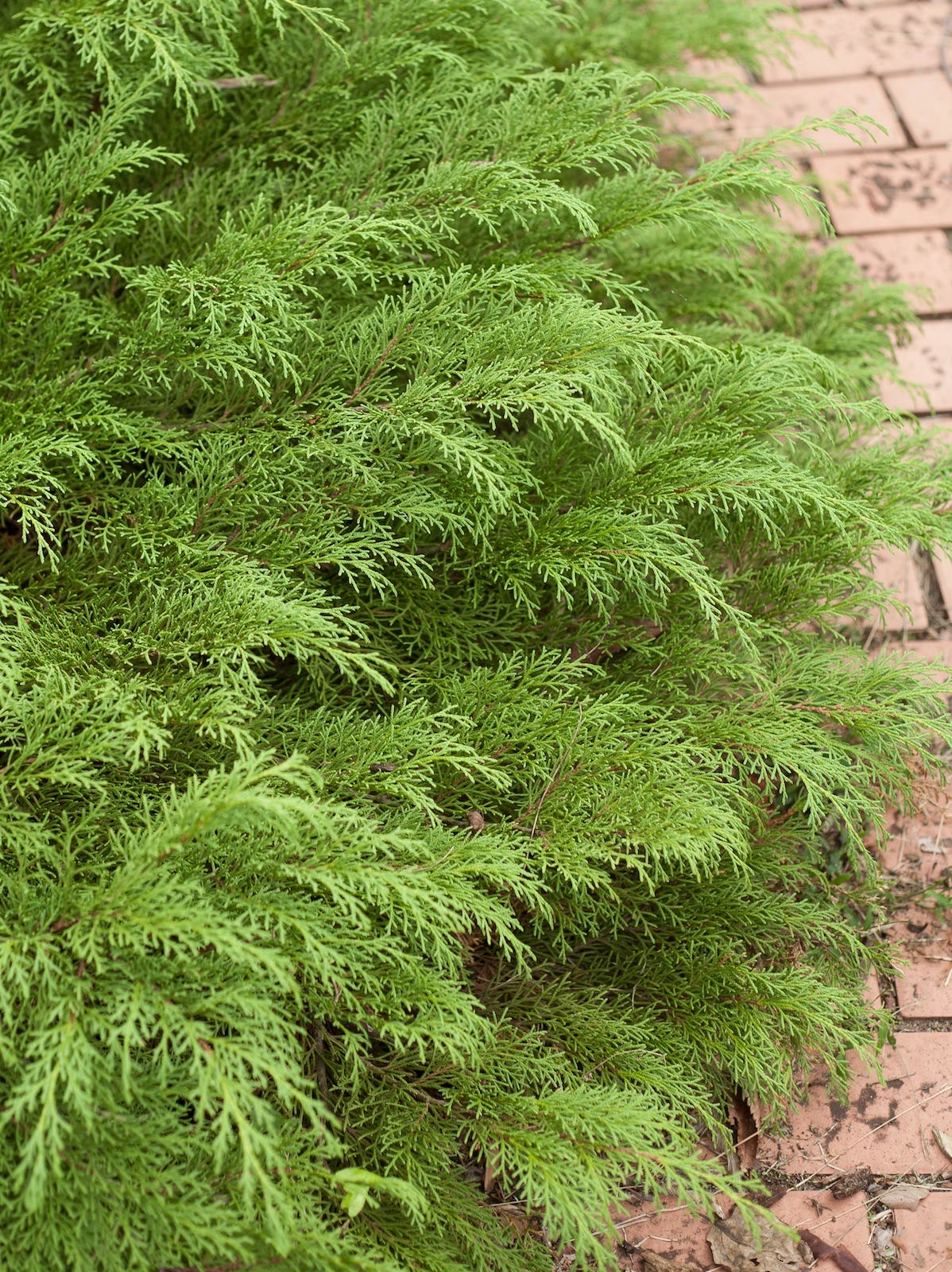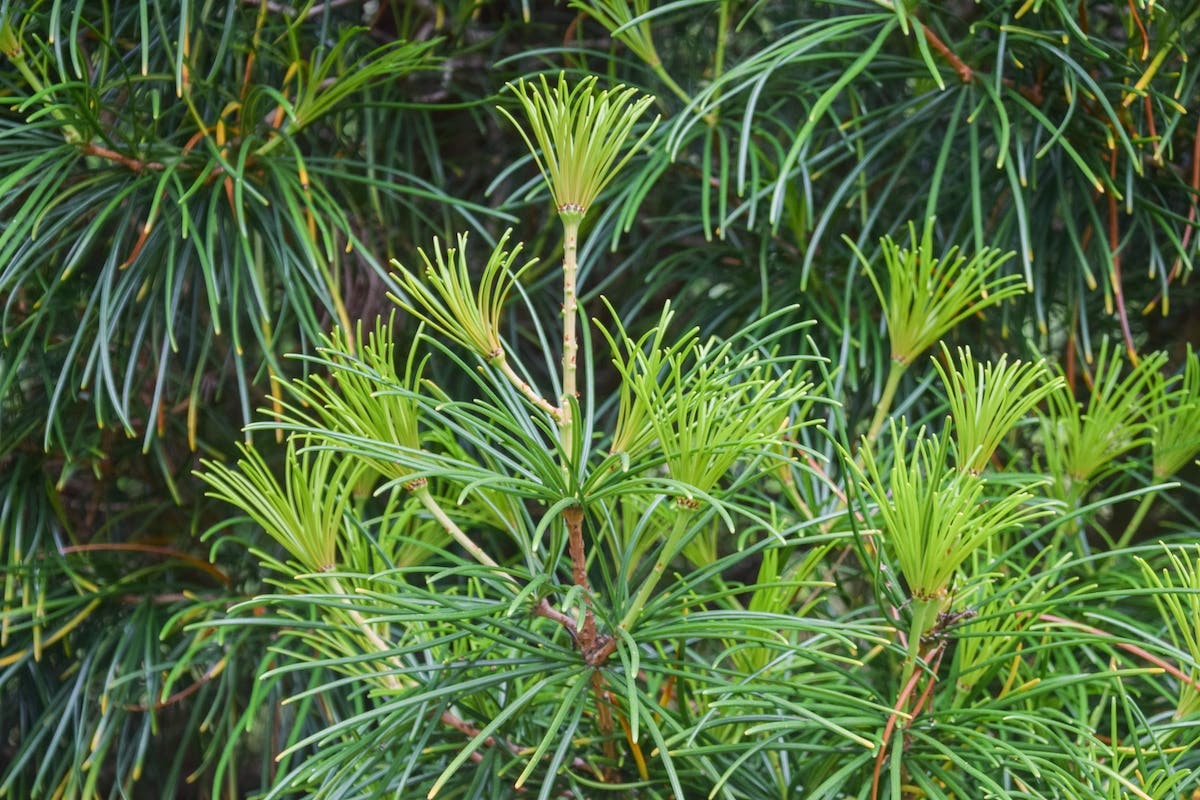Dahlias are an easy-to-grow, old-fashioned mainstay for gardeners, rocketing into bloom just when they’re needed the most. Just because they’re old-fashioned, however, doesn’t mean they’re out of touch or less showy than more modern offerings. From midsummer until frost, these tuberous tender perennials from the highlands of Mexico provide bursts of consistent color and interest for the border and as cut flowers. Few other summer flowers aside from zinnias (another noted Mexican native) are as giving with rebloom or as versatile as dahlias, thanks to their stunning and often quirky bloom shapes, bright colors and patterns.
While most mixes or store-bought offerings from reputable vendors will deliver quality plants, choosing dahlias can be daunting, given the sheer number of varieties. Sometimes it’s best to go to the beginning. Herein I’ll describe some classic dahlias that are yesterday’s superstars and still favorites today, for good reasons. They make a great starting point for a collection. Try an assortment to get a feel for what you like and what does the most for your gardens.
Dahlias for Cutting
Many dahlias were specifically bred for cutting, and that’s their main attraction as a garden plant. Formal decorative, pom-pom, water lily and cactus are all dahlia terms describing blossom shape and they generally indicate the variety makes a good cut flower.
‘Fatima’ (1961) is a quintessential formal decorative dahlia. It produces armfuls of two- to three-inch flowers on a vigorous three- to four-foot bush. Its color is a hot pink reminiscent of Marylin Monroe’s famed gown in the film Gentlemen Prefer Blondes. ‘Fatima’ exudes that perfect mid-century tiki-lounge/space-age era sizzle and fun.
Pom-pom dahlias are charming flowers perfect for bud vases, corsages and boutonnieres. Pom-poms ‘Chick A Dee’ (1969) and ‘Little Beeswings’ (1909) are relatively dwarf plants at three feet. ‘Chick A Dee’ produces lollipop-like two-inch blossoms in wine red irregularly splashed with milky pink. ‘Little Beeswings’ boasts yellow petals with outer edges dipped in red-orange. ‘Kasasagi’ (1960) is its vigorous lookalike alternative.
Cactus-type dahlias are great for adding spiky geometric flair to bouquets. They’re also a nice complement to the similarly petaled cactus zinnias. ‘Juanita’ (1949) is fine example of the group, a three- to four-foot-tall dahlia with spiky burgundy blossoms. Measuring up to six inches across, they make a bold burst of dark color.
Bedding Dahlias
Bedding dahlias, in contrast to cutting dahlias, are often multipurpose, having architectural merit outside of their flowers, or they lend themselves better to a border thanks to shorter stems and free-flowering nature. They can also be popular with pollinators. Single form, peony and collarette types register as bedding favorites. Deadhead your bedding dahlias in the perennial or mixed border throughout the season if the variety has shorter stems not suitable for picking.
‘Bishop of Llandaff’ (1927) is an informal bedding classic still going strong. Much sought after and widely available, this two- to three-and-a-half-foot dahlia has showy plum-black foliage and three-inch, scarlet peony-form blossoms. The foliage color and blousy blossoms makes it a beautiful, bold choice for mixed cottage borders and adds extra texture and color to arrangements. ‘Japanese Bishop’ is a great alternative that won’t grow taller than three feet.
For something even smaller, look to ‘Bonne Esperance’ (1948), a pixie-like dahlia and a perfect dwarf for the front of the border and pots. These tiny 12- to 18-inch plants cover themselves with one-inch, pink single flowers that are favorites for pollinators. They’re sure to be a hit with children, too.
Dinnerplate Dahlias
Dinnerplate dahlias are a third category defined by huge flowers, often formal decorative or cactus type. Ideal for bridal bouquets and for kids, they always please. ‘Sherwood Peach’ (1944) is a late-blooming variety with immense 10- to 12-inch blooms of peachy gold on a sturdy, leafy 3- to 4-foot plant. The flower size makes it a true dinnerplate and a perfect traffic stopper for cottage borders and front-yard plantings. Clear yellow ‘Edna C’, from 1968, is not quite dinnerplate size, but a beautiful large dahlia with up to eight-inch formal decorative flowers that curve backward, turban-like. It’s a four-foot-tall border knockout and a sure ribbon winner at state fairs and exhibitions.
Planting and Care
All dahlias are cold hardy in USDA Zone 8a and warmer; they are treated like annuals or tropicals in Zones 7 and colder. While the tubers can be left in ground to attempt overwintering, mild winter weather and adequate mulch is required for success, so your best bet is to dig tubers up each autumn, clean, store and then replant them in spring. Dahlias require full sun, but some afternoon shade is appreciated in hot regions.
To plant your tubers, wait until after your last frost date—or around when it’s safe in your area to plant tomatoes. Dig holes 16 to 24 inches apart, about a foot deep and just as wide. Enrich the soil with low-nitrogen amendments and humus if needed. Place a large stake toward the middle of the hole and backfill, leaving three to six feet standing for tying (depending on the variety’s mature size). Place your tuber, which can resemble anything from a cluster of fingers (signifying they’re from Holland) to a single cigar, small potato or even a chicken drumstick (American growers), four to six inches deep and cover it with two inches of soil. Do not water until after the tuber sprouts.
As the tubers sprout and grow keep adding soil to promote a strong base and keep the roots cool. Do not overwater. Shoots can be pinched back to promote a more compact bush. Hand weed and keep any herbicides away from your dahlia plants, and you’ll be rewarded with handfuls of flowers that keep on coming if you keep cutting.
With a little care, tubers also multiply each season by the time it’s time to dig them up, so they’re a great investment for their initial cost. Because you’ll eventually have so many, dahlias become ideal pass-along plants between friends and neighbors.
Try these old favorites and see for yourself what people have been enjoying for more than half a century. Your future is bright with years and years full of flowers.
Image credits, top to bottom: F.D. Richards/CC BY-SA 2.0; Jeff Muceus/CC BY-SA 2.0; F.D. Richards/CC BY-SA 2.0; F. D. Richards/CC BY-SA 2.0; Royal Botanic Gardens Edinburgh/CC BY 2.0


